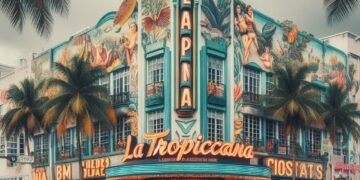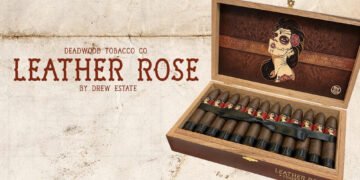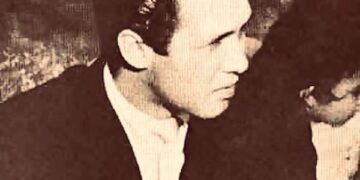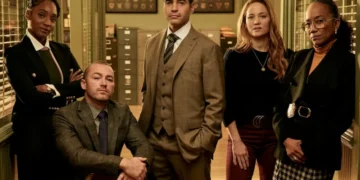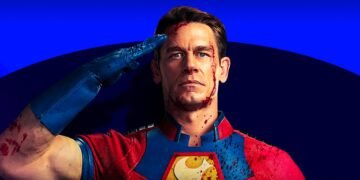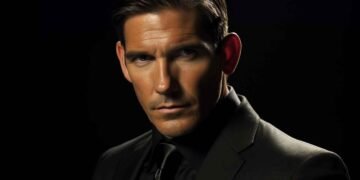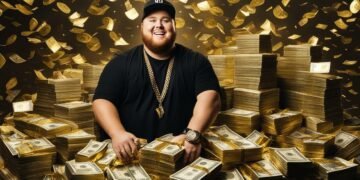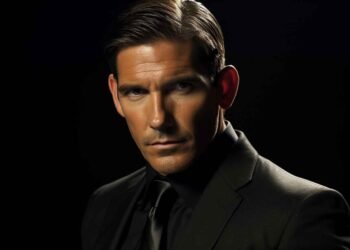American actor, one of the great myths of classic cinema, forged through six decades of the profession and more than fifty films. The fruit of a marriage that soon fell apart, between three and six years lived alternately with his father, Gregory, familiarly “Doc”, a pharmacist son of Irish immigrants born in Rochester, and his mother, Bernice, in Family “Bunny,” a girl from Missouri who, when the divorce materialized, went away with a business traveler.
From then on Gregory was raised by his maternal grandmother, Kate Ayres, a movie fan who, in her own way, tried to make up for her daughter’s absence with many films. This experience left a mark on him, that when he was in his fifth year at La Jolla Elementary School he participated in a production of La Caja de Pandora (1927).
The influence of his father, on the other hand, was more rigid. He was the one who decided to enter the Catholic military academy St John of Los Angeles, wherefrom the age of eleven he received a severe and deeply religious formation. At twelve he was an altar boy, and at the end of this stage of his formation, he seriously considered taking habits.
Meanwhile, he went to live with his father in San Diego, in a rental bungalow where they could barely be seen, since he worked at night in a local pharmacy and he spent the day busy finishing his studies at San Diego High School And then at San Diego State Teachers College (now State University), as well as working as a truck driver at Union Oil to pay for his future college career.
At that time, undoubtedly influenced by his father, he no longer wanted to be a priest but a physician, and he enrolled at the University of Berkeley. But later he left the medicine for a degree in language, and once he graduated he listened to his true vocation and studied drama, all of which courses were paid out of his pocket, which earned him in his eventual dishwasher or waiter.
After leading the faculty theater group, at age twenty-three he was awarded a scholarship to study at the prestigious Neighborhood Playhouse School of Theater, and with the $ 130 that was his personal wealth, he left for New York.
In New York, while he was immersed in the Stanislavski Method, he made his first appearances at various shows offered at the World Fair of 1939, and from the following summer at summer theater companies with which he toured part of the state. But his dream was to stand out on the Broadway stage, and the first measure he thought decisive was to remove the odious first name that had hitherto weighed him like a slab.
The amputation gave him luck, because towards the end of 1941 his name began to sound in the New York theater circuits, although his youth, his physical appearance and, as far back as 1942, his work in works like The morning star (which earned him an audition with producer David O. Selznick) or The willow and I, which echoed the most noted critic.
During the spring of 1943, he performed at Irwin Shaw’s Morosco Theater Sons and Soldiers when he was called to Hollywood. Jacques Tourneur, with Days of Glory (1944), and John M. Stahl with The Keys to the Kingdom (1944) were waiting for him, premonitory titles where he had them because, despite his relative critical failure, he began a stage Glorious, and with the second (a role of devout Catholic missionary who reported his first Oscar nomination) managed to enter the court of the great stars.
Peck reigned like no other for the rest of the 1940s, when many of the gallants sent to the front during the war tried to reroute their career, and in the fifties, consolidated with the best of them as an indispensable figure, and even in the early Sixty, honored at last by Hollywood.
Gregory Peck Net Worth
One of his best strengths was to defend his independence at a time when almost all the first figures were “tied” to the producers. Instead, he signed simultaneous contracts with four companies – RKO, 20th Century Fox, Selznick Productions, and Metro Goldwyn Mayer – which allowed him to star in all kinds of roles and thus avoid typecasting. In this sense, it is worth mentioning that he refused to star in Solo before danger (1952) because he had already made a similar character.








